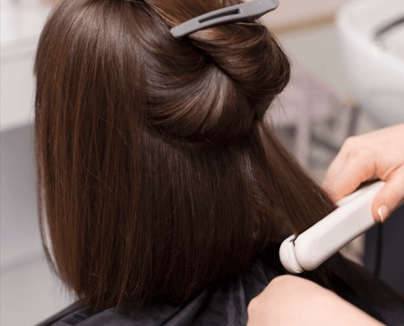Botox is a well-known treatment option for hyperhidrosis, a condition characterized by excessive sweating, often affecting the underarms, hands, feet, or face. While Botox is commonly associated with cosmetic procedures, it is also FDA-approved for treating severe underarm sweating when topical medications fail. However, coverage for this treatment under Medicare and Medicaid depends on several factors.
Medicare Coverage for Botox for Hyperhidrosis
Medicare may cover Botox treatments for hyperhidrosis, but only under specific conditions:
- Medical Necessity: The treatment must be deemed medically necessary. This means that hyperhidrosis must significantly impair daily activities or lead to other medical issues such as skin infections.
- FDA Approval: Medicare typically covers Botox for axillary (underarm) hyperhidrosis only, since that is the indication approved by the FDA.
- Failed Prior Treatments: Documentation must show that other treatments, such as prescription antiperspirants or oral medications, have failed or caused intolerable side effects.
- Doctor’s Documentation: Your physician must submit detailed medical records and a treatment plan indicating that Botox is necessary for your condition.
Coverage generally falls under Medicare Part B, which handles outpatient procedures. If approved, Medicare may cover 80% of the treatment cost, with the patient responsible for the remaining 20%, unless they have supplemental insurance.
Important Notes:
- Botox for palmar (hands), plantar (feet), or facial hyperhidrosis is not typically covered unless there is strong medical justification and supporting documentation.
- Prior authorization or a Letter of Medical Necessity may be required.
Medicaid Coverage for Botox for Hyperhidrosis
Medicaid coverage for Botox treatments varies by state, as each state administers its own Medicaid program within federal guidelines.
General Coverage Considerations:
- Medical Necessity: Like Medicare, Medicaid typically requires that Botox be used for non-cosmetic, medically necessary purposes.
- State Policies: Some states may include Botox for hyperhidrosis under their Medicaid benefits, especially if other treatments have failed.
- Prior Authorization: Most state Medicaid programs require prior authorization, and documentation from your healthcare provider explaining why Botox is necessary.
- Age and Diagnosis: Some programs may have restrictions based on age or the type of hyperhidrosis diagnosed.
Things to Check:
- Whether your state Medicaid program lists Botox as a covered treatment for hyperhidrosis.
- If there are restrictions on the location of sweating (e.g., underarms only).
- Requirements for failed alternative treatments.
- Whether a referral from a specialist (e.g., dermatologist or neurologist) is needed.
How to Determine If You’re Covered
- Consult Your Provider: Speak with your dermatologist or primary care physician. They can help determine if Botox is medically necessary and assist in submitting the correct documentation.
- Contact Medicare or Medicaid: Reach out to your plan administrator or state Medicaid office to confirm coverage specifics.
- Request Pre-Authorization: Ensure that all necessary approvals are in place before proceeding with treatment to avoid unexpected out-of-pocket costs.
Final Thoughts
While Medicare and Medicaid may cover Botox for hyperhidrosis, approval is not guaranteed and depends heavily on the medical necessity, documentation, and specific plan or state rules. Patients considering this treatment should work closely with their healthcare provider and insurance representative to ensure eligibility and minimize out-of-pocket expenses.




